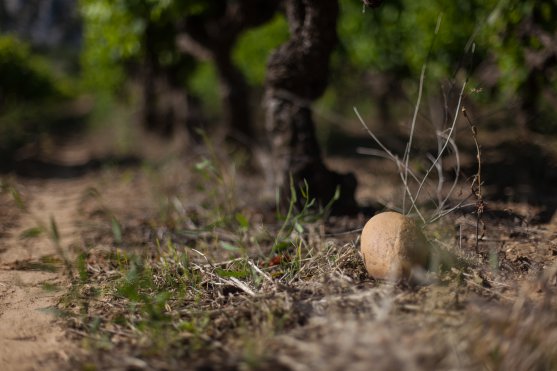
Grass covering must be undertaken with precision to avoid too much competition with the vines and therefore overly-diminishing the harvest.
There are several options open for wine-makers depending on the objectives sought-after:
- the surface area wanted in the rows: solely in the middle of the rows (meaning between each row) or under the row (meaning under the vine)
- the number of grassed-over rows: every other row or each row
- the type of plants which will grow: the wine-maker can chose to leave the grass grow naturally or to chose a type of specific plant/grass depending on the particular objectives (for example, leguminous plants have a higher nitrogen content). In the latter case, seeds must be planted after the harvests.
These choices mainly depend on the climate, soil type and age of the vines. A total grass covering will be opted for to limit the strength of the young vine. Grass covering between the rows will be opted for when the climate is dry in order to not have the vines compete with each other. Finally a natural grass covering is easier to implement, less costly and is easier to control than a seed-based grass covering if ever it became too competitive.
Published : 2014-02-13

